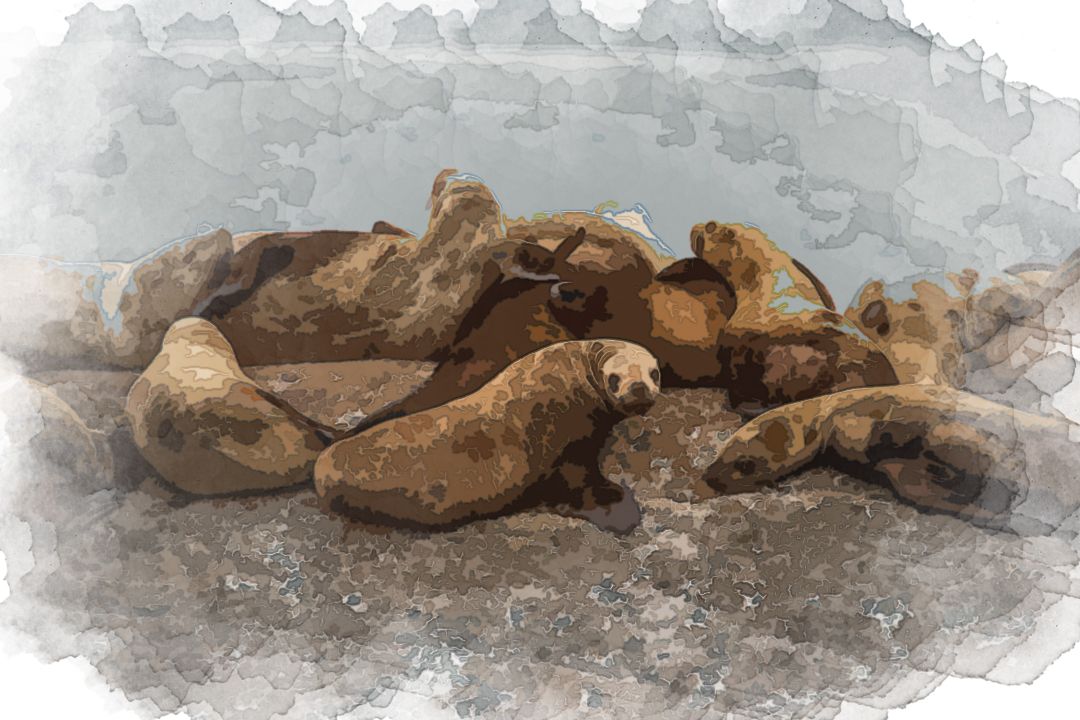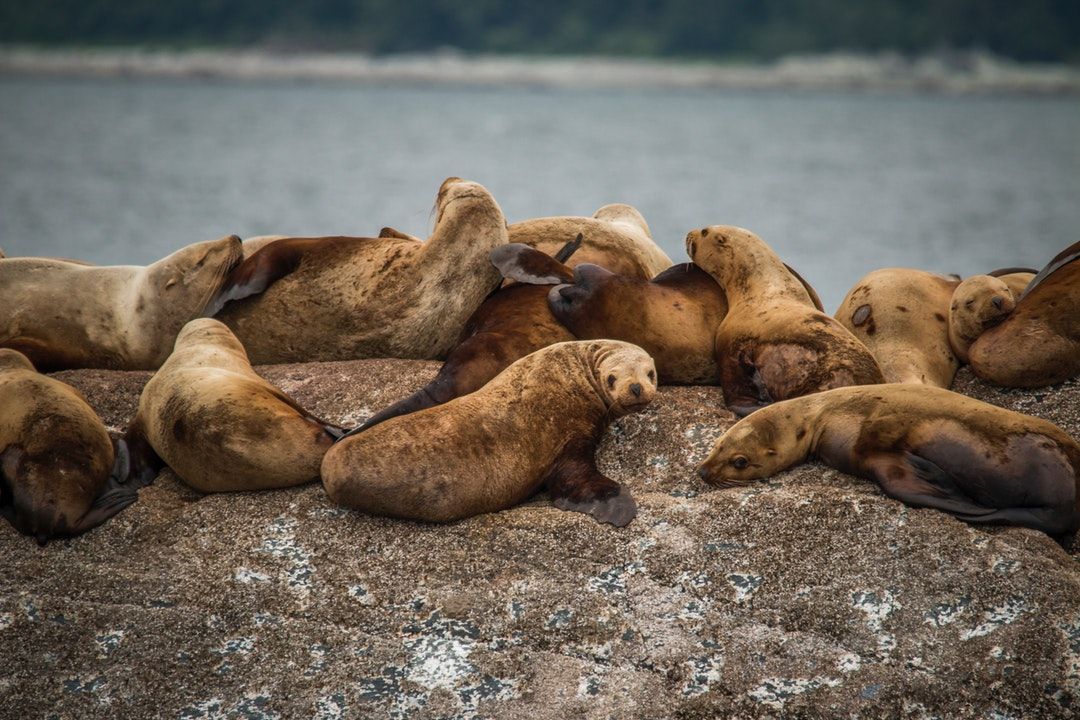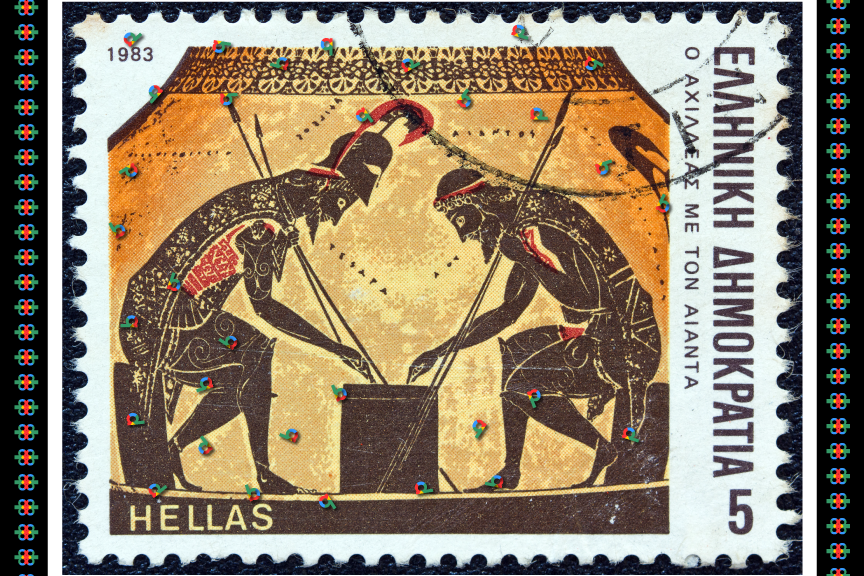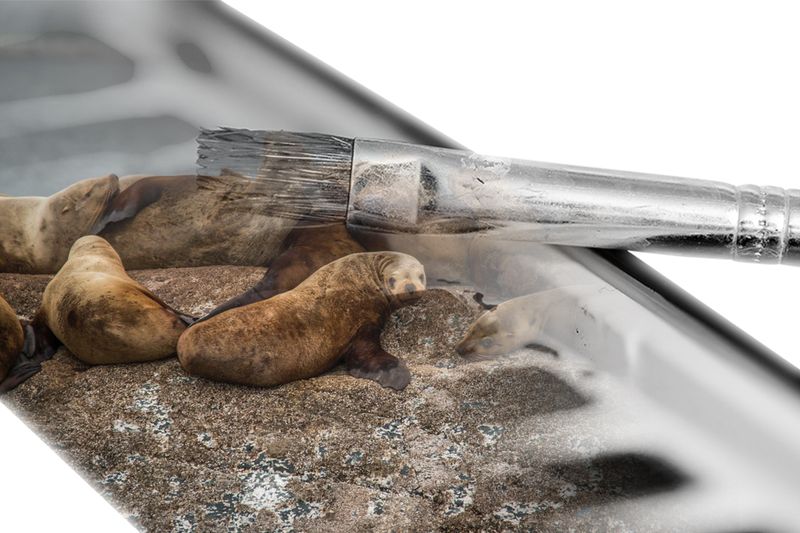I Think You are Lying

What is this thing you call art?
Sophia was amidst a particularly challenging piece that consumed her thoughts both waking and sleeping. She endeavoured to paint the sea lions, not as they appeared, but as she perceived them in a world where nature and imagination blurred seamlessly. Her brush danced across the canvas, coalescing oils into forms of ethereal beauty. She often mused aloud, her words dissipating into the salty air, In the quaint seaside village of Morston, where the cliffs met the crashing waves with stoic resolve, lived Sophia, a painter whose canvases were as enigmatic as the tides. She was known for capturing the essence of the sea with a vivacity that often left her audience in awe. Her studio, a chaotic blend of scattered brushes, half-squeezed paint tubes, and the pervasive scent of turpentine, overlooked the coast where sea lions frequently sunned themselves on the jagged rocks below.
"Of all lies, art is the least untrue."
— Gustave Flaubert (1821-1880)
The phrase was a mantra, fueling her belief that art was merely reality distilled through the prism of personal truth.
Her friend, Alexander, a writer with a penchant for philosophical banter and a not-so-secret admiration for Sophia's talent, frequently visited. He chuckled at her grand statements about art and reality, yet deeply appreciated the kernel of truth in each painted layer. "Sophia," he would say, playfully nudging her as she stood back to evaluate her work, "if your sea lions could speak, what tales of the deep would they whisper to us?"
One sunny afternoon, as the sea churned a brilliant azure and the cries of seagulls filled the air, Alexander arrived with a peculiar object—an ancient-looking glass, its handle carved with intricate designs. "For your next masterpiece," he teased, handing it to her. Perhaps this will reveal the unseen stories of your elusive subjects."
Inspired by the gift, Sophia used the looking glass to study her usual subjects, the sea lions, noticing details she had previously overlooked: the way their eyes gleamed with a knowing light, their bodies arching gracefully against the rugged backdrop. The tool did not just magnify; it revealed a layer of reality previously veiled. With renewed vigour, she painted, her brushstrokes imbuing the animals with a mythical quality as if each swipe of her brush revealed a part of their soul.
Days turned to weeks, and the painting evolved. It became a portal to a world where the boundaries between the seen and the unseen, the real and the imagined, were indistinguishable. Her studio was filled with locals and travellers alike, drawn by tales of a painting that blurred the lines of reality so deftly that it was said one could hear the sea lions' distant calls emanating from the canvas.
Sophia and Alexander often debated late into the night, the unfinished painting a silent sentinel in the room. "What if," Sophia pondered one evening, "art is not about capturing what we see but conveying what we feel? What if each colour, each line, each form is a word in a visual vocabulary we are all still learning to speak?"
Alexander, ever the skeptic turned reluctant believer, nodded slowly. He had seen the transformation, both in the painting and in Sophia. The canvas was no longer just a depiction of sea lions on a rock but a narrative of discovery and connection, a Möbius strip of endless possibilities where the beginning could not be told from the end.
In the end, the painting did not just depict a scene; it became a story that invited the viewer to leap into a sea of swirling colours and emerge soaked in a truth known only to those who dare to dream. Sophia had painted something extraordinary that transcended the ordinary limits of paint and canvas. And as the sun set over Morston, painting the sky in hues of gold and purple, the laughter of two friends mingled with the rhythmic lapping of the waves, a reminder that there is a promise of a new beginning in every ending.

The planksip Writers' Cooperative is proud to sponsor an exciting article rewriting competition where you can win part of over $750,000 in available prize money.
Figures of Speech Collection Personified
Our editorial instructions for your contest submission are simple: incorporate the quotes and imagery from the above article into your submission.
What emerges is entirely up to you!
Winners receive $500 per winning entry multiplied by the article's featured quotes. Our largest prize is $8,000 for rewriting the following article;

At planksip, we believe in changing the way people engage—at least, that's the Idea (ἰδέα). By becoming a member of our thought-provoking community, you'll have the chance to win incredible prizes and access our extensive network of media outlets, which will amplify your voice as a thought leader. Your membership truly matters!


